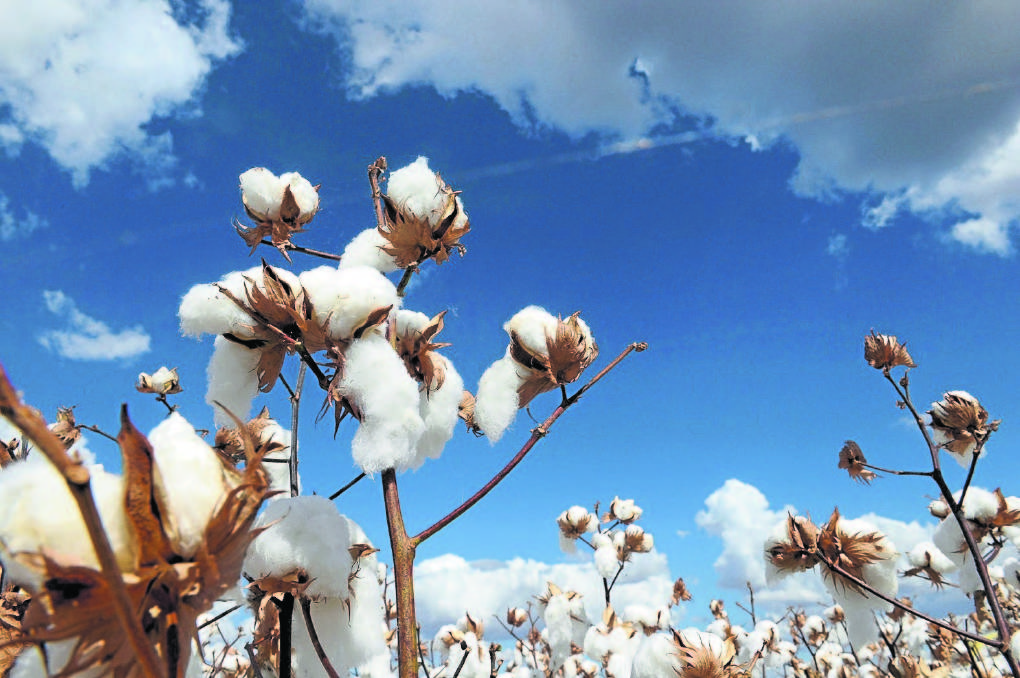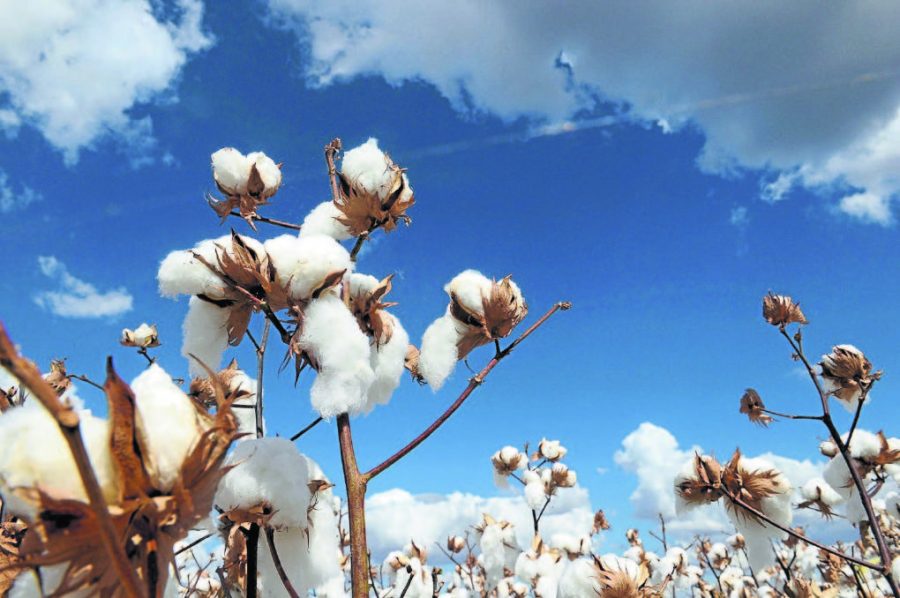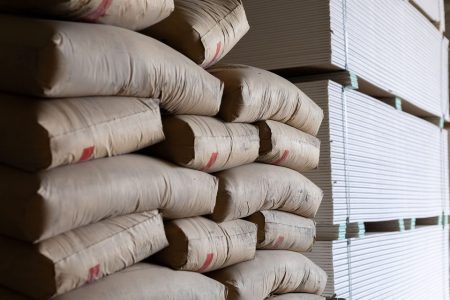The Brazilian Association of Cotton Producers (Abrapa) has sealed a new deal to boost exports to China.
After establishing a partnership last April, with the China Cotton Association (CCA), which represents about 60 per cent of the textile sector in China, Abrapa is now linking with the China National Cotton Exchange (CNCE), representing more than 5,000 Chinese cotton buyers.
Established in 1997, CNCE brings together more than 4,300 spinning mills, responsible for 90 per cent of Chinese consumption, in addition to 90 per cent of domestic cotton traders.
“Brazil is already the second-largest supplier to China and its cotton is known for its quality and for its competitiveness,” said CNCE’s general manager, Sun Juan, during the online signing ceremony of the memorandum of understanding.
Vice President of China Federation of Supply and Marketing Cooperatives, Hou Shunli said, “The memorandum brings together the most influential and important organisations in the [cotton] sector in each country and serves our long-term interest.”
“We are two complementary nations: on the one hand, the largest global consumer market for agricultural products and, on the other, one that is becoming the world’s largest agricultural supplier.”
Brazil’s ambassador to Beijing, Paulo Estivallet de Mesquita, added: “We want China to see us as a reliable partner, capable of meeting their demands,” he said.
“In the case of cotton, the opening of Abrapa’s operation in Asia in 2020 only reiterates this interest in cooperating with the Chinese.”
Although China is the largest cotton producer in the world, it is also the fibre’s largest global consumer and does not fully supply its domestic demand. According to the US Department of Agriculture, Chinese production was 6.4 million tons in 2020/2021, but demand will be 8.6 million tons, CLBrief reported.
For the coming year, the expected production is 5.98 million tons, with projections that the industry will need 8.7 million tons.
In April, the country announced an extra import quota of 700,000 tons to increase the fixed volume defined annually (894 thousand tons).






